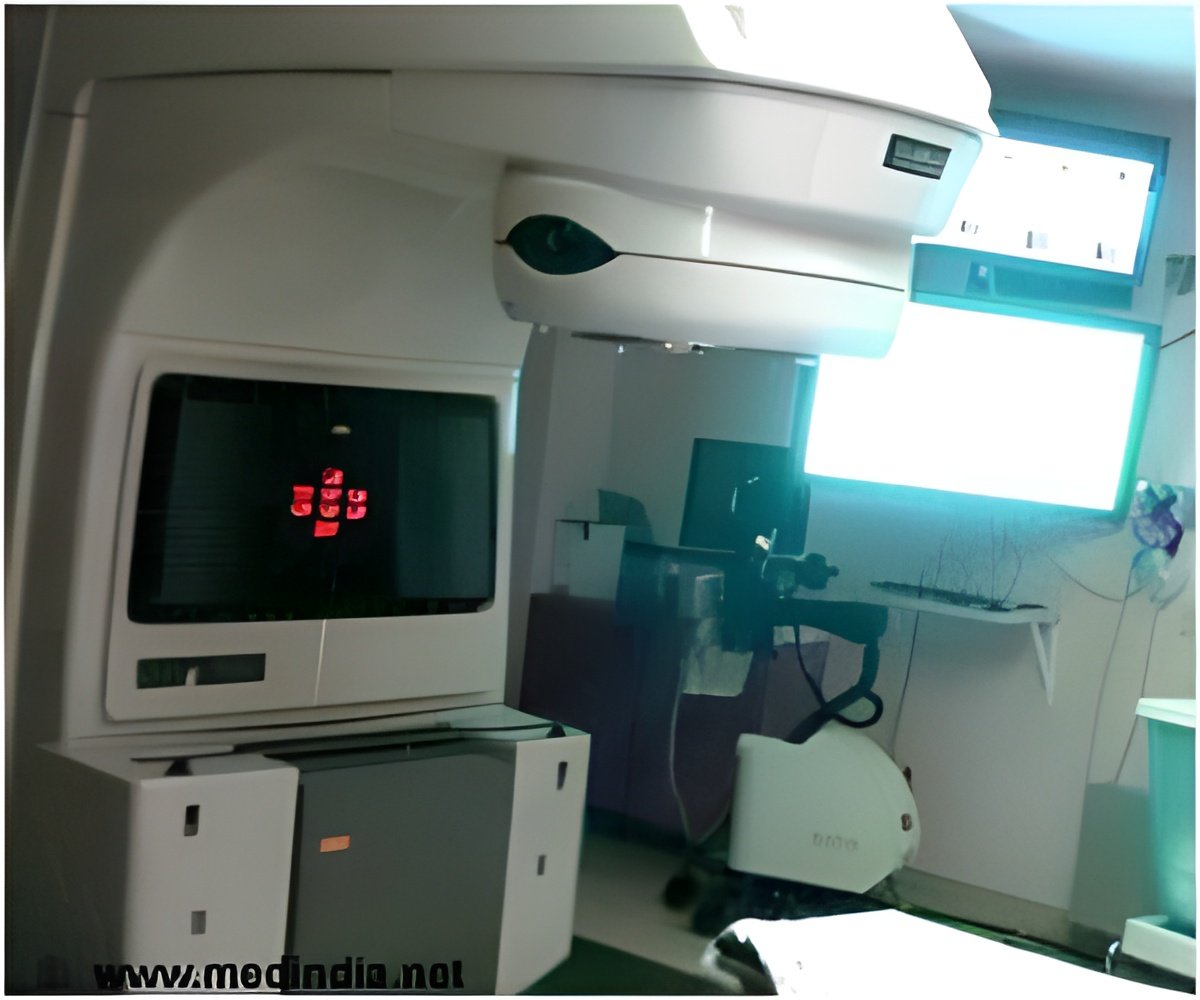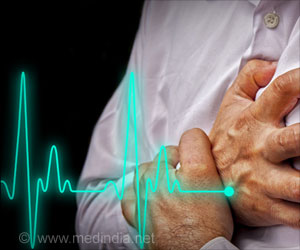Exposed to medium and high-level radiation, and more so in modern life due to its use in medicine, industry and the armed forces.

‘Overall risk to human health from low-level radiation exposure is small, particularly when compared with general risks from modern society, such as obesity, smoking and air pollution’





In a new study, published in the Proceedings of the Royal Society, a team of experts from the Oxford Martin School at the University of Oxford have compiled the evidence on health risks from low-level ionizing radiation, adding a new nuance to the debate. The restatement is intended to better inform policy decisions and show where crucial gaps in knowledge lie. It clarifies the scientific evidence available from a variety of sources, and ranks them as to how much they enjoy consensus support from the scientific community.
The paper concludes that the overall risk to human health from low-level radiation exposure is small, particularly when compared with general risks from modern society, such as obesity, smoking and air pollution.
Professor Angela McLean, lead author and Co-Director at the Oxford Martin Programme on Collective Responsibility for Infectious Disease, said: 'We know a great deal about the health risks from radiation thanks to exceptionally careful studies of groups of people exposed to different levels from nuclear bombs or accidents, medical exposure of patients, naturally occurring sources (such as radon), and workers in the nuclear industry and medicine. From these studies it is clear that moderate and high doses of radiation increase the risk of developing some types of cancer.'
The team illustrate the size of this increase in risk by using the following example. 100 individuals were each briefly exposed to 100 mSv (millisievert is the measure of radiation dose), then, on average over a lifetime, one of them would be expected to develop a radiation-induced cancer, whereas 42 of them would be expected to develop cancer from other causes.
Advertisement
To build on the insights gained from this study, further research will be conducted to better understand the genetic healthcare implications of radiation exposure and the biological basis of the damage from radiation to DNA and cells.
Advertisement
Source-Eurekalert














